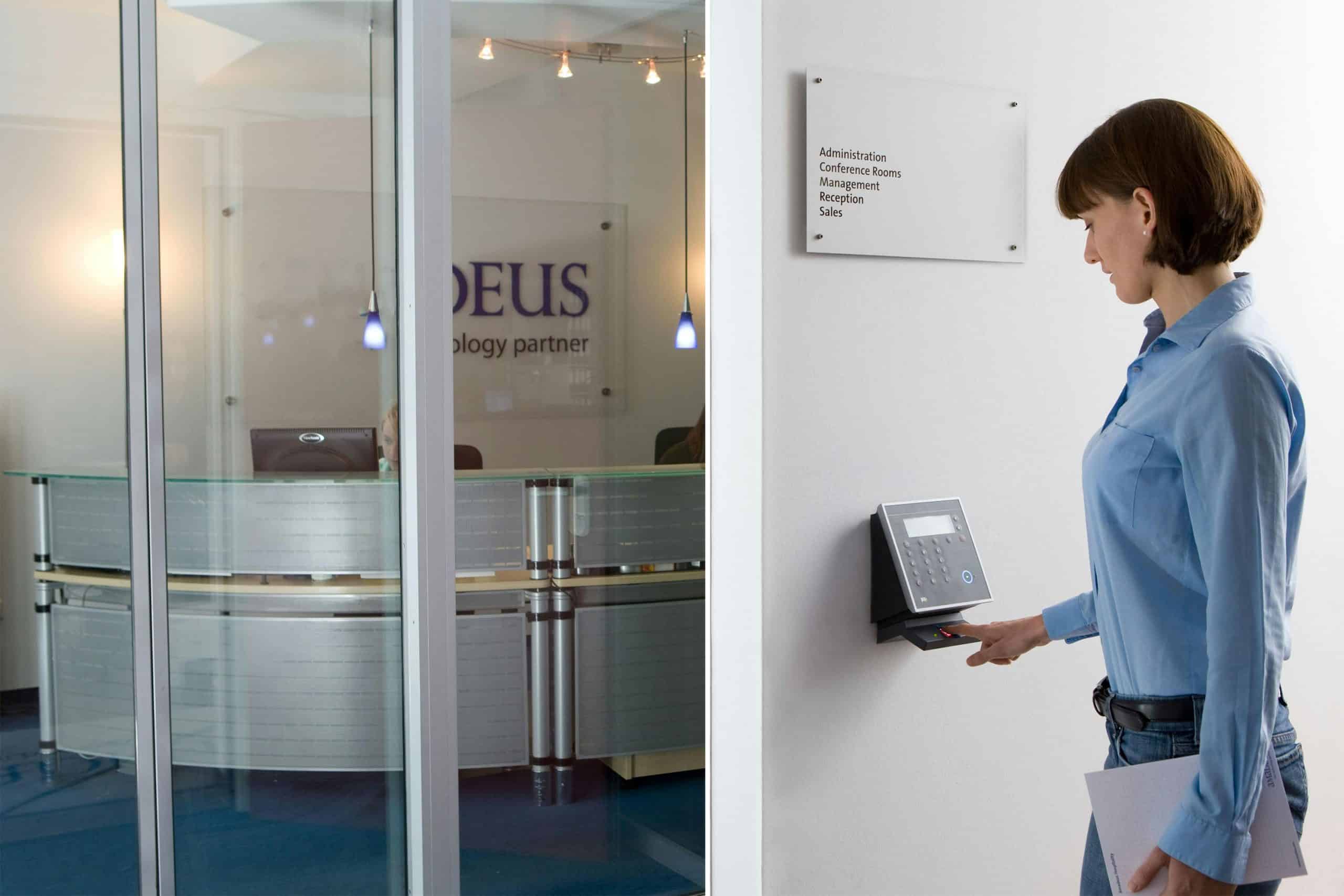What Innovations Are Shaping the Future of Contactless Biometric Security Systems?

In an era where technology advancements are happening at the speed of light, it’s not a surprise that biometric security systems have seen revolutionary changes. Contactless biometric technology has received a massive boost, especially in the wake of global health crises, where reducing touchpoints is critical.
In this article, you’ll explore the most recent innovations in this field, understand how they are reshaping the future, and gain insight into what lies ahead. The advancements in this domain are not just setting new standards for security but also ensuring a seamless, user-friendly experience.
Cela peut vous intéresser : Craft professional marketing videos in just 15 minutes
AI and Machine Learning in Contactless Biometric Security
Artificial Intelligence (AI) and Machine Learning (ML) have become integral parts of our lives, playing critical roles in various sectors, including contactless biometric security. When combined with biometrics, these technologies have the potential to take security systems to new heights.
AI and ML can help improve the efficiency of biometric systems by learning and adapting to the unique biometric patterns of individuals. They help in identifying any fraudulent attempts, possibly even before they occur.
Sujet a lire : The magic of surprise: exploring mystery box online options
For instance, AI-powered biometric systems can scan and analyze thousands of facial features in real time, ensuring only authorized individuals gain access. Similarly, machine learning algorithms can learn from each interaction, enhancing the system’s ability to detect anomalies and ward off potential security threats.
3D Face Recognition Technology
3D face recognition technology is an upcoming trend that is shaping the future of contactless biometric security systems. Unlike traditional 2D facial recognition, this technology uses 3D sensors to capture information about the shape of a face.
This technology can significantly improve the efficiency and accuracy of facial recognition systems. The 3D sensors can capture facial features more accurately, making it difficult for imposters to deceive the system.
Furthermore, 3D face recognition technology is not affected by lighting conditions that can sometimes compromise the reliability of 2D systems. It can also recognize faces from different angles, adding an extra layer of security.
Integrated Multi-modal Biometric Security Systems
The integration of multiple biometric modalities into a single system is another innovation shaping the future of biometric security. These integrated systems can use two or more biometric identifiers, such as fingerprints, face, iris, or voice, to verify identity.
This multi-modal approach enhances security by making it harder for imposters to bypass the system. In addition, it offers more flexibility to users, allowing them to use their preferred mode of identification.
Moreover, multi-modal biometric systems can adapt to various situations. For instance, if a user is unable to use one form of identification, the system can switch to another modality, ensuring uninterrupted access.
Behavioral Biometrics
The use of behavioral biometrics is an emerging trend in contactless security systems. This technology uses unique patterns derived from the behavior of individuals to confirm identity.
Behavioral biometrics includes patterns such as keystroke dynamics, navigation patterns, mouse movements, etc. These behavioral patterns can provide continuous authentication, meaning the system can verify the user’s identity continuously and in real-time.
This technology adds another layer of security by ensuring that even if an imposter manages to bypass initial authentication, they would not be able to mimic the unique behavioral patterns of the authorized user.
Biometrics in the Cloud
The integration of biometrics with cloud technology is another innovation that is shaping the future of contactless biometric security systems. Storing biometric data in the cloud allows for global access, meaning users can be authenticated from anywhere in the world.
Furthermore, cloud technology allows for scalability, as growing businesses can easily add more users to the system without significant hardware upgrades. It also ensures that the biometric data is safe and secure, as cloud providers use high-end encryption methods to protect the data.
Overall, these innovations are helping to shape a future where contactless biometric security systems are not just secure, but also user-friendly and flexible. As technology continues to advance, we can expect even more exciting developments in this field.
Biometric Security for Digital Identity Verification
One of the essential use cases of contactless biometric security is digital identity verification. This is particularly crucial in today’s digital era, where online transactions and interactions are the norm. Digital identity verification ensures that the person on the other end of a digital transaction is indeed who they claim to be.
The traditional methods of identity verification like passwords, PINs, and security questions have proven to be susceptible to breaches. With the advent of advanced biometric technology, digital identity verification has become more secure and efficient. For instance, a financial institution can use facial recognition or fingerprint scanning for identity verification before processing a transaction.
Moreover, the trend of digital identity verification goes beyond just financial transactions. Other sectors like health care, education, and government services also make use of this technology. For example, a patient’s identity can be verified using biometrics before accessing their medical records online. Similarly, students can be authenticated before they take online exams, and citizens can be verified before accessing government services.
The use of contactless biometric security in digital identity verification not only enhances security but also improves user experience. It eliminates the need for remembering complicated passwords or carrying physical IDs, making the process more seamless and convenient.
The Future of Contactless Biometric Security Systems
With the current innovations being developed and implemented, the future of contactless biometric security systems looks promising. We are moving towards a future where our unique biological features will serve as our keys, eliminating the need for physical keys or passwords.
Beyond the current innovations, the future might see the integration of biometrics with other emerging technologies like blockchain, which can add an extra layer of security by decentralizing the storage of biometric data.
Moreover, continuous advancements in AI and machine learning can lead to the development of smarter, more intuitive systems that can learn and adapt to user behavior. This could potentially lead to systems that can predict and prevent security breaches before they even happen.
In the future, we can also expect more user-friendly systems that offer seamless user experiences without compromising on security. For instance, future systems might be designed to automatically switch to the user’s preferred biometric modality, or choose the most suitable modality based on the situation.
In conclusion, the innovations in contactless biometric security systems are not just redefining security but are also enhancing user experience. As technology continues to advance, we can look forward to a future where security is not just about keeping intruders out but also about welcoming authorized users in a user-friendly, seamless manner.
